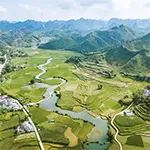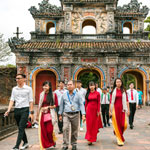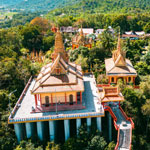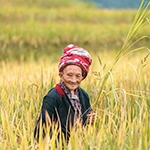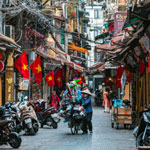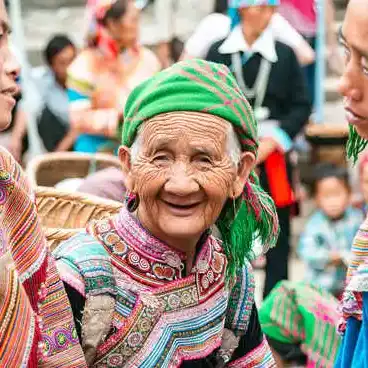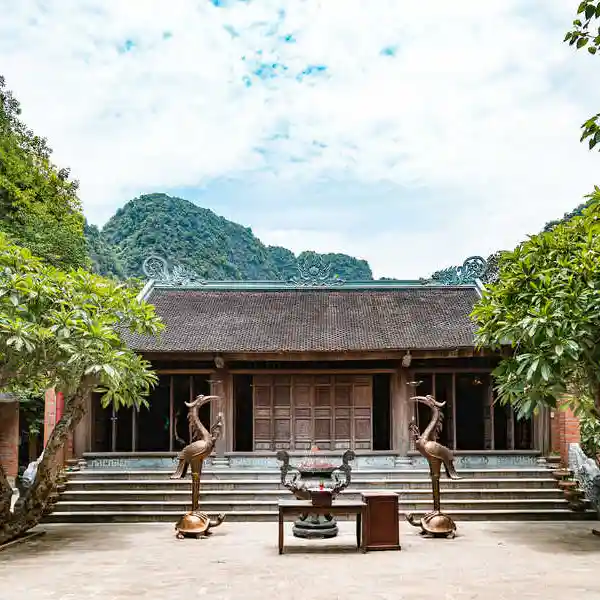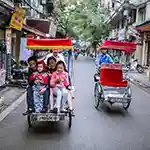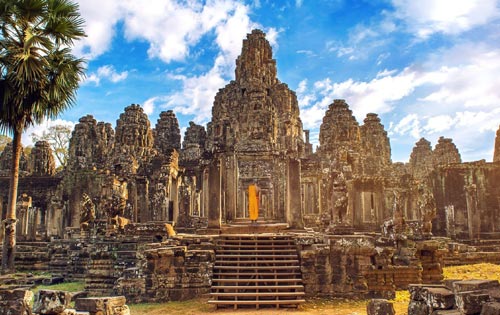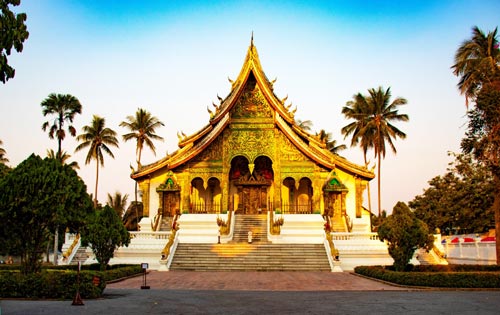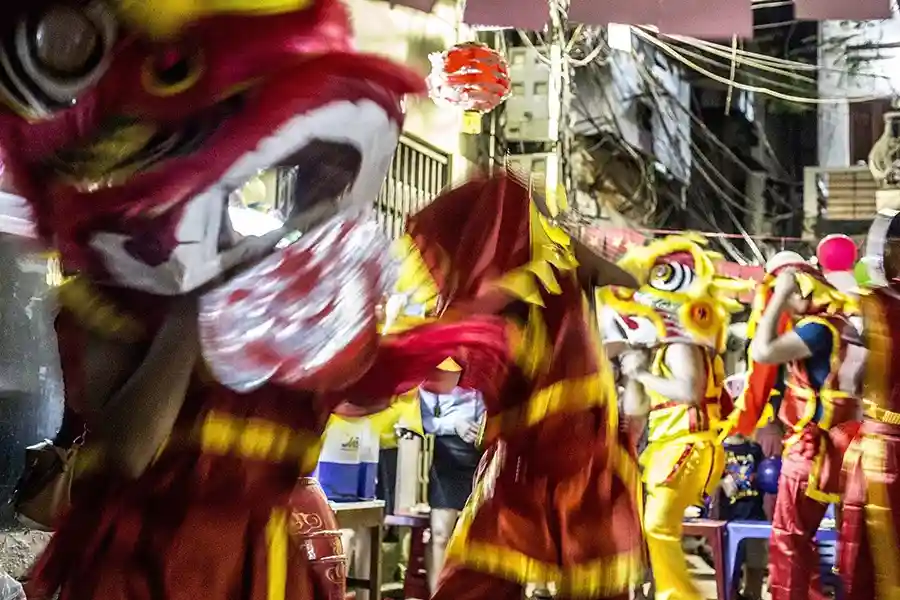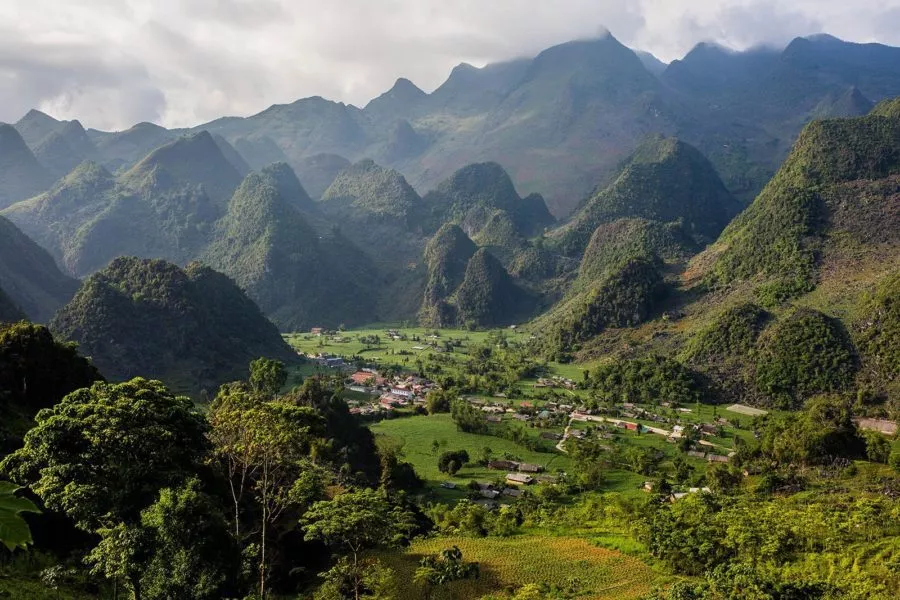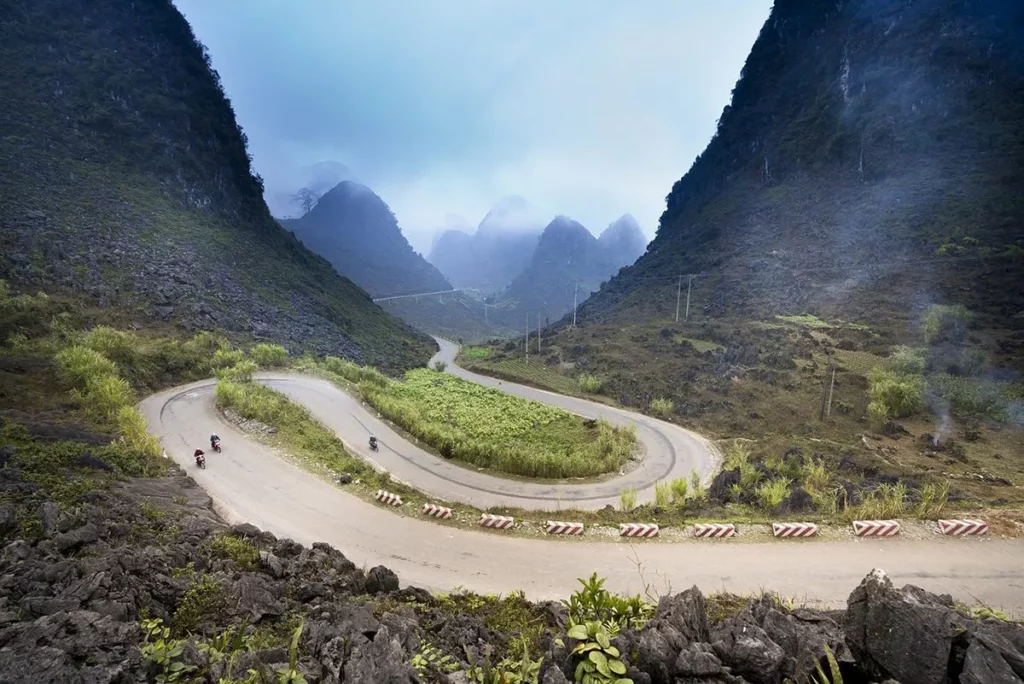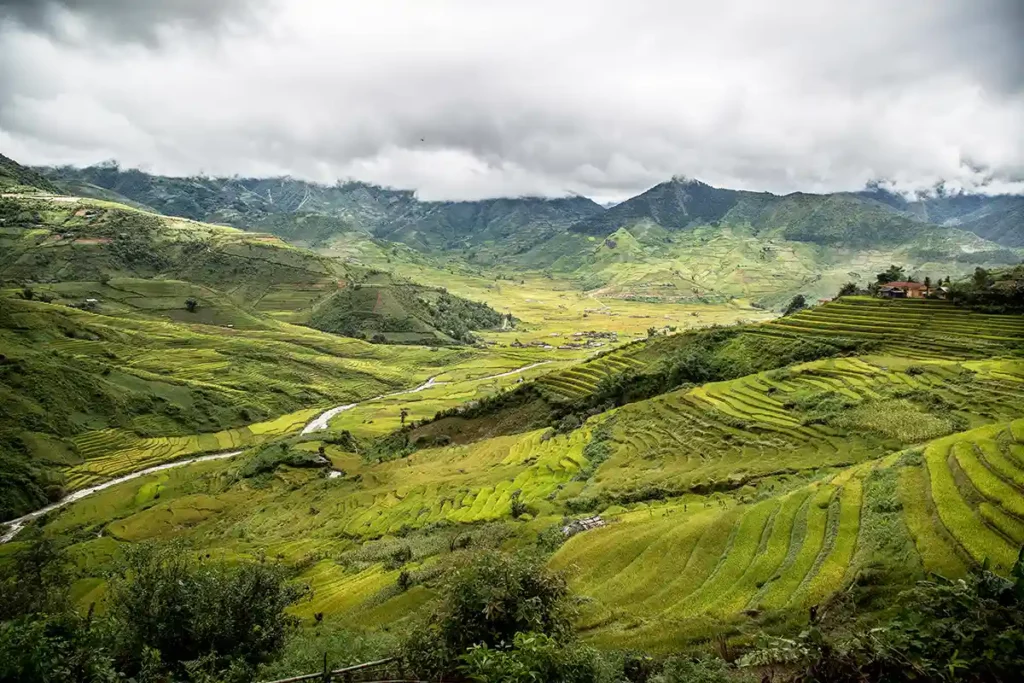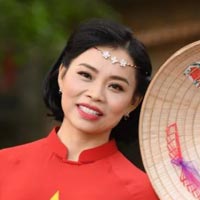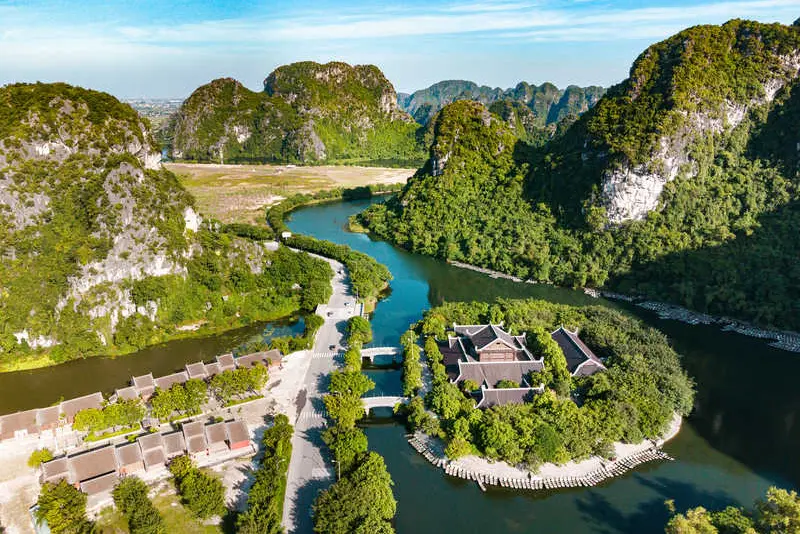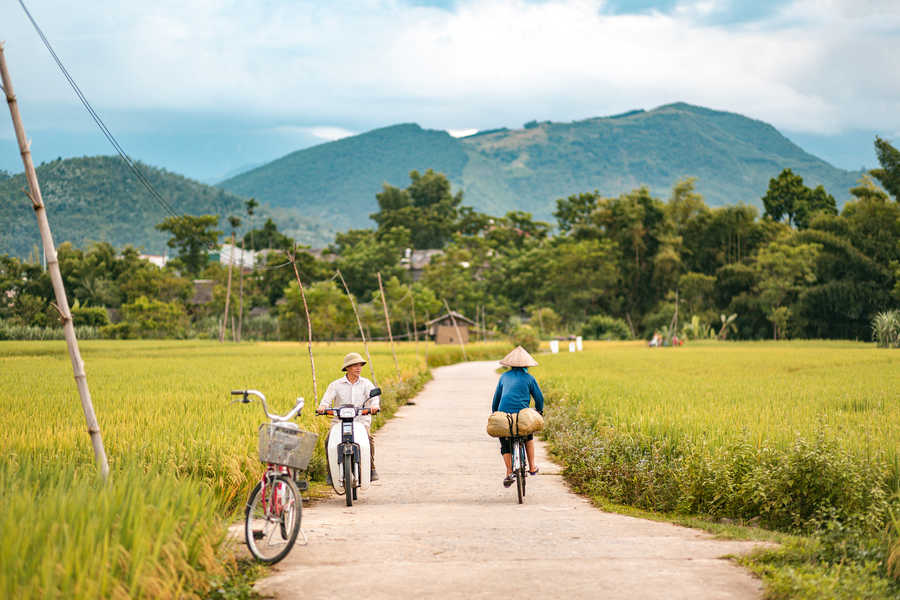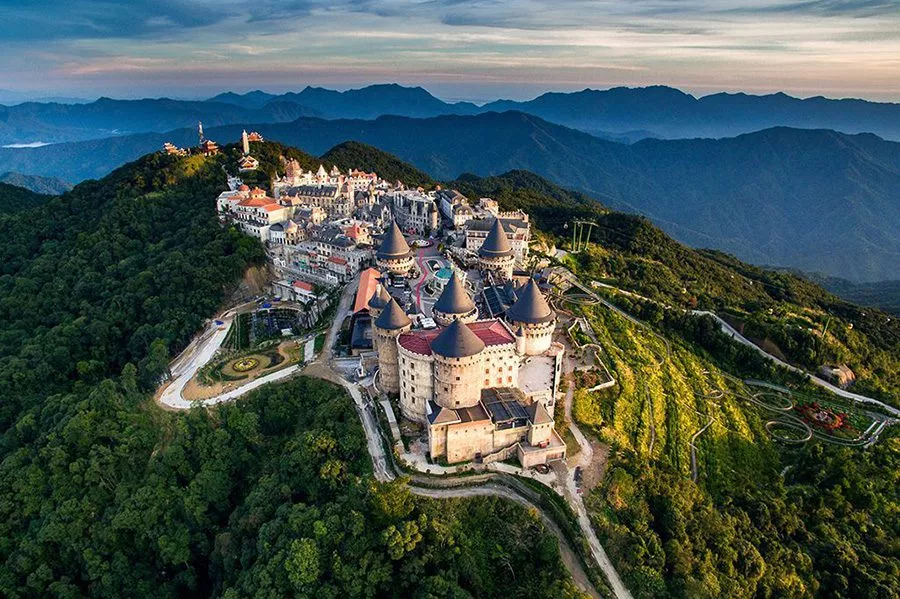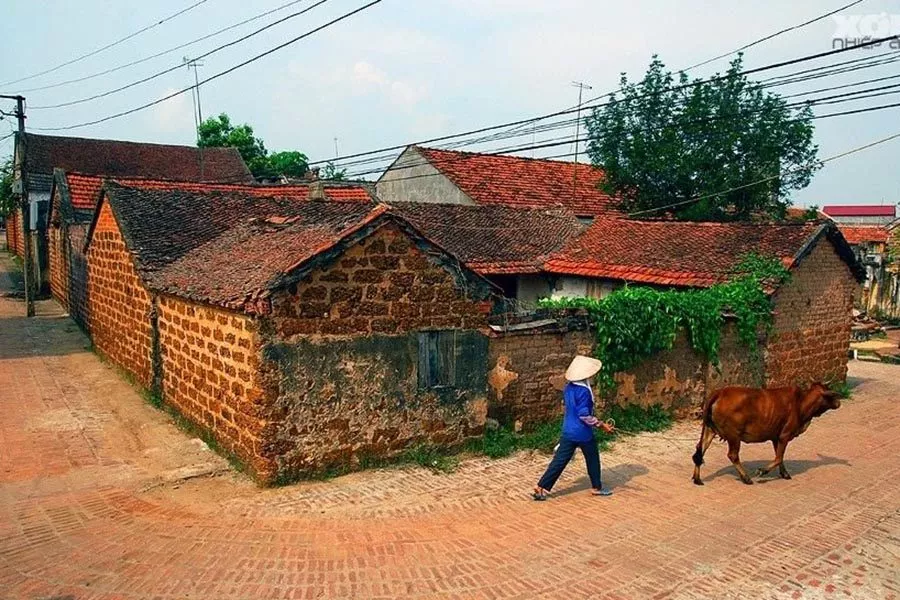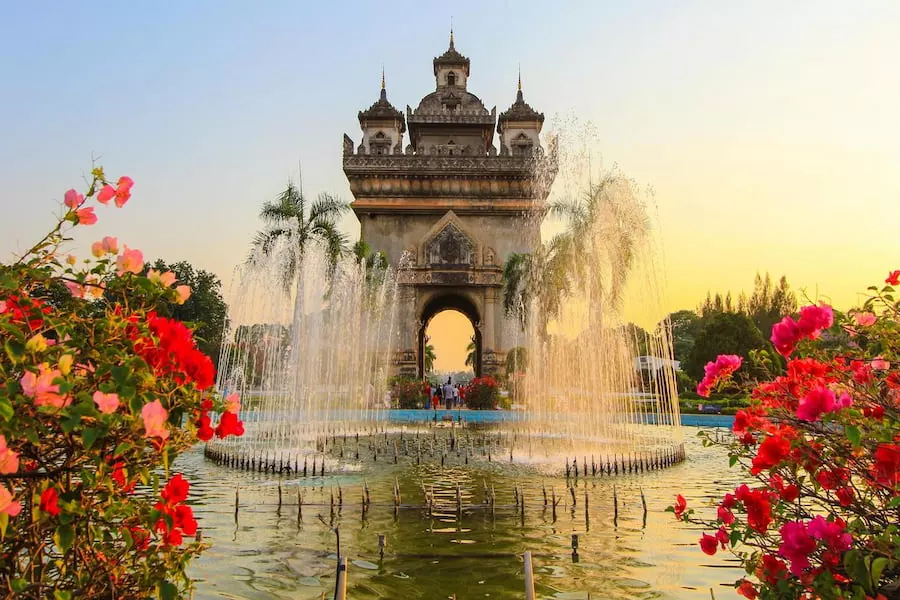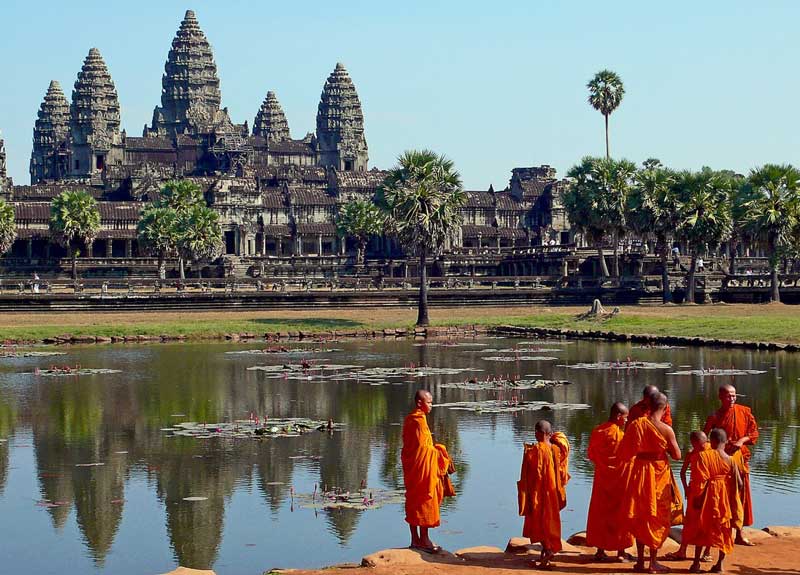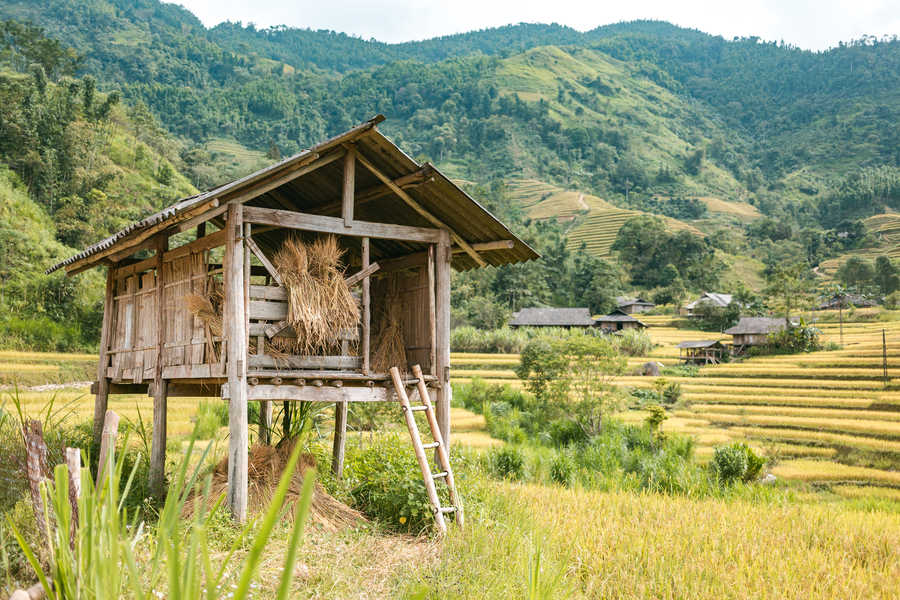The Vietnamese celebrate the Moon on the 15th day of the 8th lunar month, when it is at its most beautiful, round, and bright. This date usually falls around mid-September in the Gregorian calendar.
The Mid-Autumn Festival, the second most important traditional celebration after the Lunar New Year, is an occasion for Vietnamese families to gather and bring joy to children.
We tell you more in this article about the origins of this festival and how it is celebrated.
The origins of the Mid-Autumn Festival
The Mid-Autumn Festival (Tết Trung Thu in Vietnamese) was originally intended to celebrate the rice harvest, the most important time of the year on which the future well-being of the household depended. The more beautiful the moon, the better the harvest was expected to be, and the more reason there was to celebrate the good news!
After the prayers to the ancestors, the whole family would gather to share a meal along with mooncakes: bánh dẻo, round, symbolizing the moon, and bánh nướng, square, symbolizing the earth. Vietnam is still about 60% rural, and even though ancient beliefs are gradually fading, this festival still retains its strong symbolic significance.
Many fables exist in Vietnam to explain traditional festivals to children. Regarding the Mid-Autumn Festival, parents tell their young children that a couple, Chú Cuội and Hằng Nga, live on the moon because the healing tree that Chú Cuội found on Earth caused him to ascend to the moon (Hằng). On full moon nights, children can see a dark spot on the moon, representing Chú Cuội and his healing tree.
The symbol of the Mid-Autumn Festival: the mooncake
Although the festival itself lasts only one day, preparations begin several weeks in advance. Specialty shops, and nowadays all bakeries, make the mooncakes that people will buy to give to their loved ones as gifts and a sign of respect.
Traditionally, the banh nuong (earth) is made from wheat dough, while the banh deo (moon) is made from rice dough. The filling is very rich: lotus seed paste, mung bean paste, black sesame, candied fruits, and even one or more egg yolks! Children are especially fond of them, and nowadays, as people explore other flavors, it’s possible to find mooncakes made with a wide variety of ingredients.
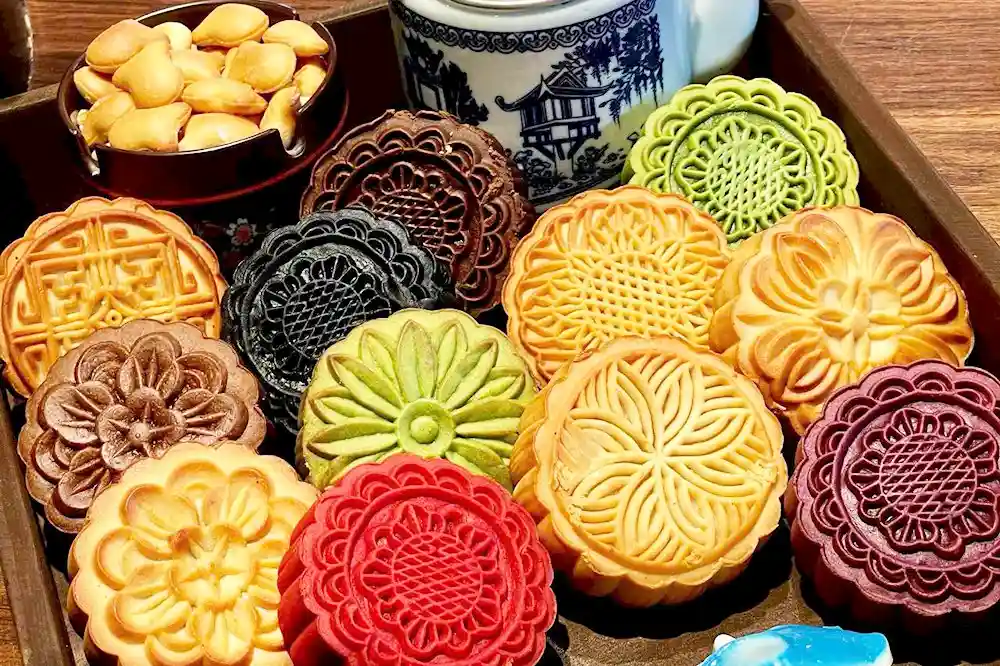
Mooncakes during the Mid-Autumn Festival, Vietnam
A festival for children: gifts and festive dances
Traditionally, the Mid-Autumn Festival is an opportunity for parents to delight their children after a month of work in the fields. Nowadays, it also coincides with the start of the school year.
Parents give toys, and children parade through the streets, singing and carrying colorful lanterns of various sizes and shapes: fish, rabbits, carp, stars, and butterflies.
Teenagers go from door to door to perform the “lion dance”, which is believed to bring good fortune to the households that welcome it. The homeowners thank the troupe by giving them a small amount of money.
Autumn: a perfect season to discover Northern Vietnam
A few days before the Mid-Autumn Festival and during the celebration itself, Hanoi is buzzing with excitement, especially its Old Quarter, which comes alive with vibrant colors!
Hang Ma Street in full swing, Hanoi, Vietnam. Photo credit: Mathieu Arnaudet
More generally, autumn is a wonderful season to explore Northern Vietnam, especially the terraced rice fields just before the harvest. This is the case, for example, in Hoang Su Phi and the Pu Luong Nature Reserve, where villagers begin harvesting rice in early October. It’s a perfect opportunity to enjoy stunning landscapes while avoiding the intense summer heat!
Elsewhere, the weather will also be perfect, allowing you to explore beautiful destinations under ideal conditions. September is considered low season, yet it is precisely at this time that we recommend discovering Lan Ha Bay on one of our traditional junks! Great weather, warm waters, and few travelers in sight—what more could you ask for?

